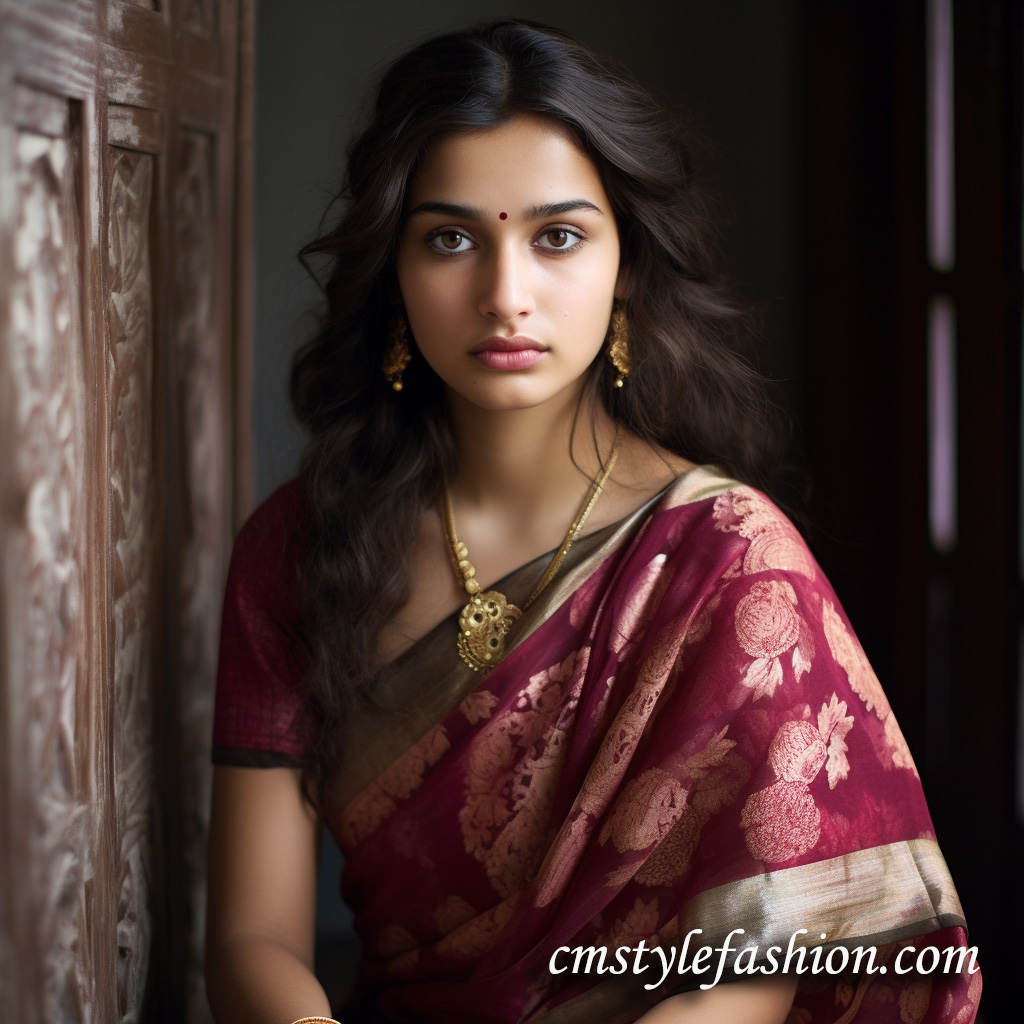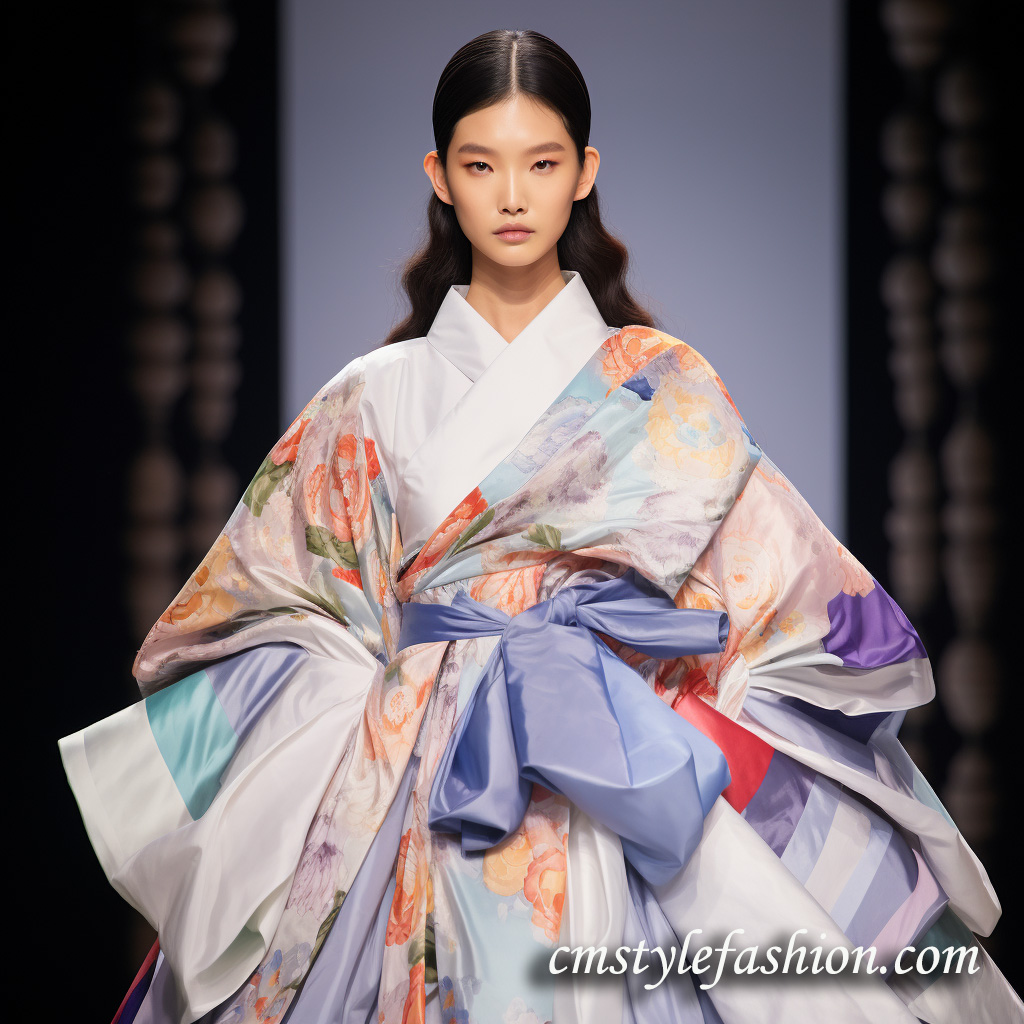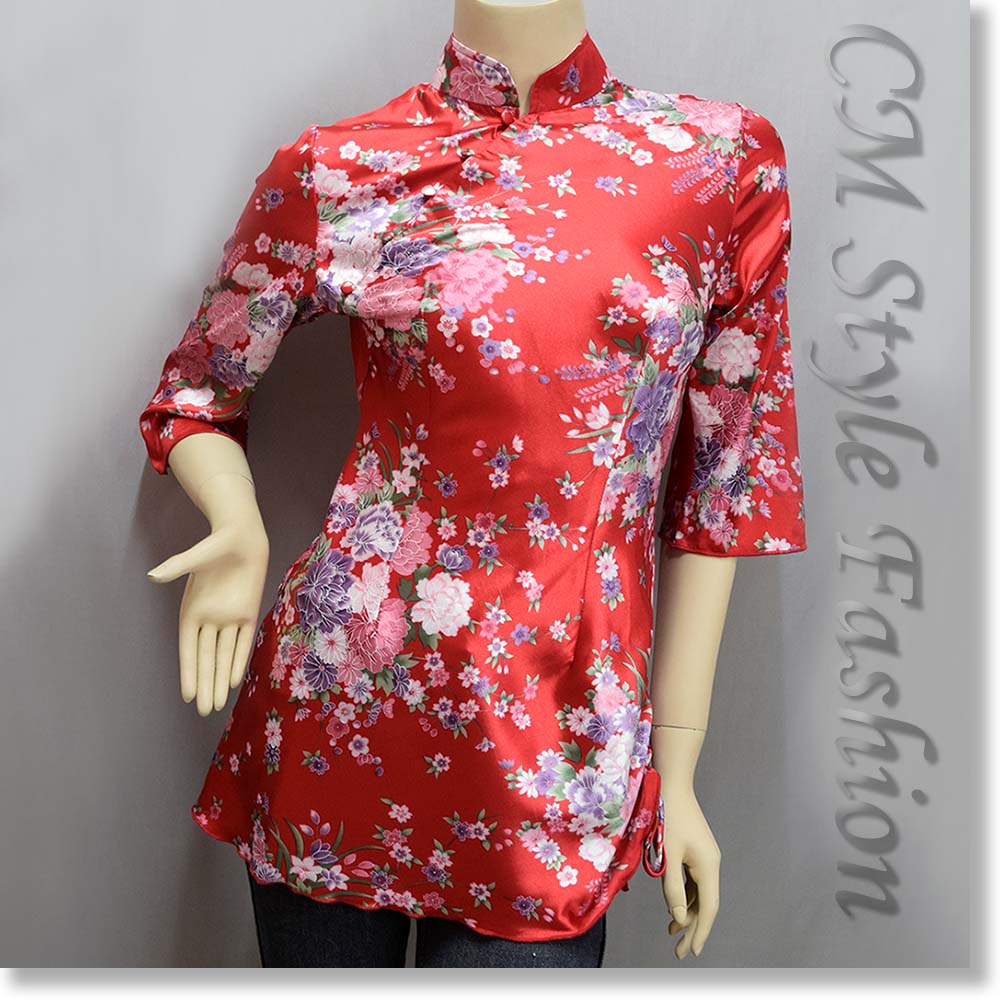Traditional Women's Ethnic Fashion: Embracing Cultural Heritage and Style

What is the power of ethnic wear to unite tradition and modernity? In a rapidly changing world, women's traditional clothing serves as a reminder of cultural roots and identity. Ethnic fashion tells unique stories through intricate craftsmanship, vibrant prints, and timeless silhouettes. It celebrates both heritage and individual style in a seamless blend. This post explores the enduring allure of women’s ethnic wear and how it brings women closer to their history while embracing contemporary aesthetics.
Sarees: Quintessential Indian Heritage Wrapped in Grace
The saree is synonymous with Indian tradition and viewed as an integral part of a woman's identity. Let's look at different saree styles that represent cultural legacy through magnificent designs.
Banarasi Sarees: Royalty in Every Drape

Banarasi sarees conjure images of grandeur and sophistication. With their exquisite brocades, intricate motifs, and opulent embellishments, these sarees exude an aura of class. The Banarasi weaving tradition originating from Varanasi dates back centuries and is revered for its intricate patterns, meticulous zari work and fine silk threads. Even a glance at these regal silk sarees transports one to the royal courts of the past. By draping a Banarasi, women carry forward the legacy of craftsmanship and elegance passed through generations.
Kanchipuram Silk Sarees: Symphony of Beauty
Embroidered with intricate motifs and embellished borders, Kanchipuram silk sarees epitomize the pride, splendor and cultural richness of the Tamil heritage. Crafted by skilled weavers in Kanchipuram, these sarees have been prized possessions for centuries. The graceful drape and fine details like zari work woven into the fabric make each Kanchipuram saree a one-of-a-kind artwork. Their magnificence reflects centuries of traditional skills that have stood the test of time. By adorning these masterpieces, women celebrate their cultural roots in magnificence and grace.
Tangail Sarees: Authentic Bengali Charm
Originating from the Tangail region of Bangladesh, these elegant cotton sarees characterize the rich cultural identity of Bengal. With their consistent white cotton base and intricate chkka embroidery, Tangail sarees encompass understated simplicity and authenticity. The symmetrical floral and motif designs executed with dexterous hand embroidery make each saree unique. Their light, airy drape allows traditional elegance to blend effortlessly with lifestyle. These sarees pay homage to the craftspeople who have preserved regional heritage through generations of experience.
Ethnic Fashion Beyond India: Celebrating Distinct Cultures
Let's explore unique traditional attires celebrated across global communities as symbols of cultural excellence.
Áo Dài: Pride of Vietnamese Heritage
Originating in the 17th century, the Áo Dài is a national symbol of Vietnam representing feminine poise and cultural spirit. Characterized by its slender pantaloons and iconic neckline, the Áo Dài is often white with intricate hand embroidery. It was traditionally worn by scholars and royalty but today remains a source of national pride for Vietnamese women. The delicate silk fabric and graceful silhouette pay tribute to regional craft traditions. Modern renditions embrace contemporary silhouettes while upholding cultural significance.
Korea's Hanbok: Elegance Steeped in History

Adorned by Korean women for over a millennium, the Hanbok is a testament to the rich cultural heritage of the nation. Distinct designs according to status, occasion and season reflect appreciation for Korean aesthetics. Characters from nature like phoenixes, clouds and peonies are delicately embroidered into the silk fabric. Its structured silhouette and vibrant hues conjure images of grace, refinement and tradition. Modern takes on the Hanbok incorporate innovative cuts and fabrics, allowing tradition to converse with changing times.
Moroccan Kaftans: Bohemian Spirit, Rooted Identity

Originating from the 10th century B.C., Moroccan kaftans continue to evoke the mysticism and cultural sophistication of North Africa today. Elegantly draped with vibrant embroidery and details like pom-poms, kaftans represent Moroccan heritage beautifully. Lightweight fabrics like linen or cotton lend them an airy, bohemian appeal for global audiences. Modern renditions embrace relaxed silhouettes and embellishments while honoring the heritage of craftsmanship. By wearing kaftans, women sustainably connect to a rich history of local textiles, artistry and spirituality.
Ethnic Fashion as Cultural Storytelling
For many communities globally, traditional attires serve as living archives of culture, passed down like family heirlooms. Beyond aesthetics, these outfits represent collective histories, crafts, values and lifestyles. Modern renditions breathe new life into fading traditions, ensuring legacies are not lost to time. By choosing ethnic wear, women essentially become storytellers — passionately sharing their communities' vibrant pasts with the world through these meaningful garments. Cultural fashion transcends trends by uniting heritage, authenticity and self-expression in one graceful movement between past and future.
Craft and Prints: Gifting Ethnic Wear New Life
Let's explore how artistic traditions and handcrafted prints uplift ethnic fashion:
Artistic Smocking
A Romanian legacy alive today through artistic smocking — fine needlework that textures fabrics into exquisite multi-dimensional designs. Smocked garments make cultural traditions portable artistic canvases. Delicate silhouettes become media to appreciate the artistic merit and patience of smocking.
Ajrak Block Printing
The Indus Valley craft of block printing patterns onto cloth through natural dyes imparts Sindhi ethnic dresses with lively stories. Special occasion ajraks captivate viewers with scenic designs inspired by nature and mythology through selective resist dyeing. Bespoke ajraks honor ancestral crafts as cultural souvenirs.
Ikat Weaving
An Indonesian tradition where yarns are tie-dyed before weaving intricate patterns debuts on lightweight fabric. Ikat textiles transport viewers to spiritual destinations through mystical motifs. Their relaxed silhouettes marry sartorial comfort with respect for community craftsmanship.
Batik Fabric
Javanese artisans handcraft batik cloth through meticulous wax-resist techniques, gifting each piece a hallmark of creativity. Vibrant batik garments uplift everyday ensembles to artistic canvases amplifying cultural heritage. Batik narratives spread diverse histories globally.
Ethnic prints and textiles represent artistic craft legacies passionately kept alive by artisanal communities as historical storytellers. Wearing ensembles featuring these artforms celebrates not just cultural roots but also generations of skills passed down to uplift visual traditions. Prints give ethnic attires new relevance, pairing vibrancy with reverence for ancestral expertise.
A Harmonious Blend of Tradition and Modernity
While honoring deep-rooted traditions, ethnic fashion equally embraces progressive silhouettes and modern aesthetics:
Contemporary Cuts
Traditional lehengas and kurtis receive new life through structural draping, bold hues and relaxed fits for comfort. Saree blouses flaunt innovative cuts celebrating feminine figures.
Hybrid Styles
Ethnic pieces expertly merge with Western influences. Cultural saree drapes pair perfectly with denims. Kaftans complement wardrobes as everyday cover-ups.
Fabric Innovation
Rayon, georgette and chanderi grace ethnic silhouettes with sleek drapes. Linen and cotton lend lightness ideal for modern lifestyles. Chiffon softens structured cuts.
Accessorizing Flair
Traditional jewellery, footwear and bags accentuate ethnic ensembles for day and evening with understated luxury. Festive accessories uplift casual looks.
Individual Expressions
Customizations reflect personal narratives. Patchworks showcase talent. Embellishments convey desires. Ethnic fashion embraces each woman's unique voice.
By thoughtfully blending heritage and progressiveness, ethnic wear finds harmonious balance respecting roots while relating to contemporary audiences. Progressive silhouettes reintroduce tradition to new generations as wearable art beyond occasions or regions. Cultural fashion marches confidently with changing times through sensitive yet spirited fusions.
Ethnic Fashion: A Celebration of Individuality and Roots
In a dynamic world shifting at dizzying speeds, ethnic wear anchors women to comforting traditions and cultural identities. Beyond trends, these meaningful ensembles uplift community crafts and connect disparate generations. Contemporary renditions allow tradition to thoughtfully walk alongside progress. By wearing ethnic, women embrace not just visual beauty but meaningful stories from their unique cultural fabric. Most importantly, ethnic fashion empowers self-expression as modern women fully embrace both tradition and change.
Sustaining Heritage
Ethnic fashion plays a role in sustaining cultural heritage when newer generations engage with their traditional attires. By bringing ethnic styles into modern limelight, communities ensure ancestral crafts are appreciated for generations to come.
Celebrating Diversity
The myriad ethnic fashion varieties globally celebrate our shared humanity. They amplify appreciation for diverse customs, traditions and aesthetics within the human experience.
Uplifting Artisans
Patronizing small designer labels and artisanal communities ensuring traditional craft techniques are passed on uplifts livelihoods. This honors ancestral skills through respect and support.
Forming Identities
For many, traditional attire allows a sense of cultural belonging. It empowers self-acceptance and confidence through connections to heritage in a fast-changing world.
In today's borderless virtual world, ethnic fashion is a grounded reminder of our tangible cultural roots. By embracing meaningful tradition, women unite past and future through timeless expression.
FAQ
Is ethnic fashion only for special occasions?
No, while many traditional ensembles were originally worn for ceremonies and festivals, modern reinterpretations allow ethnic designs to be incorporated into daily wardrobes as well. Lightweight fabrics, relaxed silhouettes and innovative styling make cultural fashion perfectly suited for everyday wear.
How has ethnic fashion evolved over time?
Traditional designs and silhouettes have been updated with new fabrics, prints and styling to remain relevant to contemporary tastes. Heritage crafts have also blended with Western techniques. This has ensured traditions stay vibrant while relating to changing aesthetics and lifestyles.
Can anyone wear ethnic fashion?
Yes, while certain ensembles carry deep cultural significance, most designers encourage exploring and appreciating various ethnic traditions through fashion. Authenticity and cultural respect are key. With knowledge, anyone can honor diverse heritages through thoughtful representation in their wardrobe.
Is ethnic fashion more expensive?
Not always. While intricate handicrafts involve skilled labor which impacts pricing, many affordable daily-wear options exist. Also, vintage and thrift finds provide heritage styles at lower costs. With deals and sales, cultural fashion need not burn holes in pockets.
How can one learn about different ethnic styles?
Online research explore traditions from various communities. Following designers, blogs and influencers provides insightful cultural narratives. Speaking to elders and visiting cultural hotspots also impart authentic understanding to appreciate diverse heritages through their fascinating fashions.






